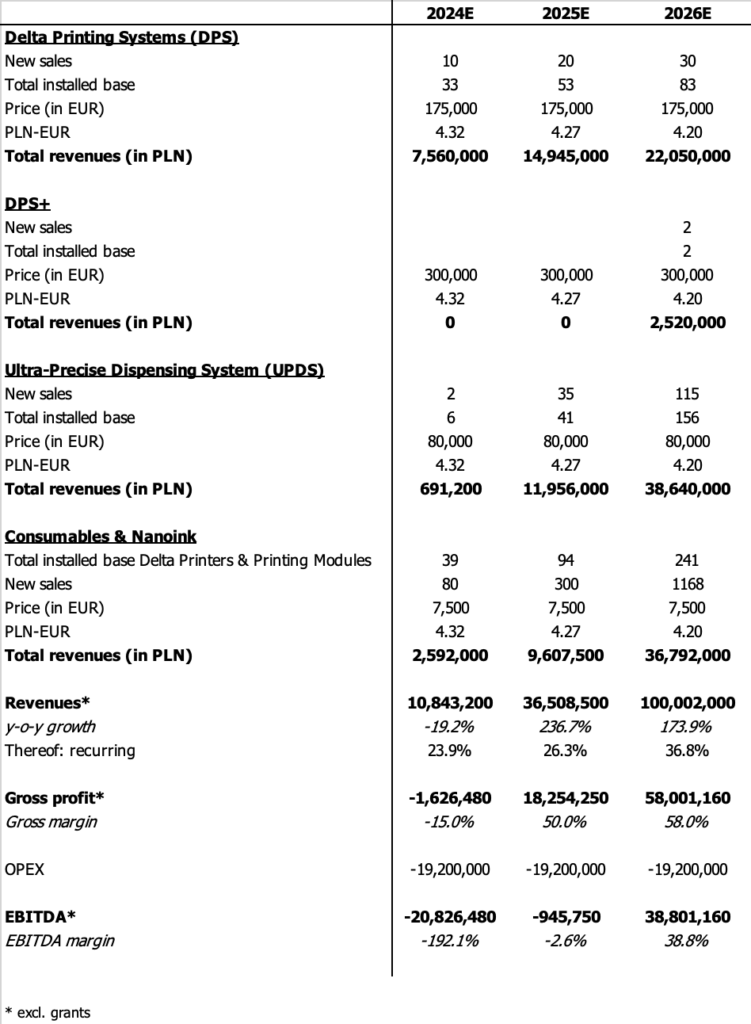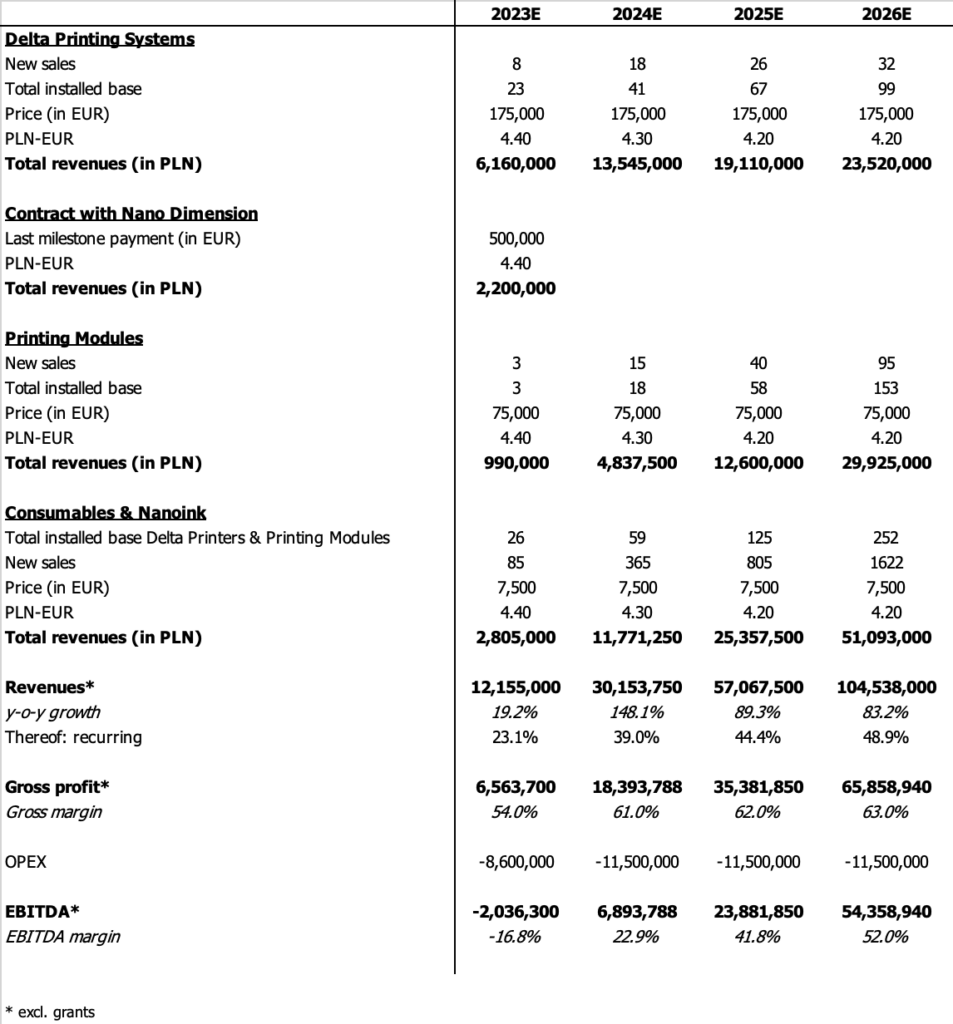Business description
PKP Cargo is the leading railway cargo company in Poland and the second largest in Europe, serving clients across various sectors including mining, metallurgy, construction, chemicals, food, timber, and automotive. With the largest rolling stock fleet in CEE, including over 1,500 locomotives and more than 52,000 wagons, the company provides stand-alone freight transport in Poland, the Czech Republic, Slovakia, Germany, Austria, the Netherlands, Hungary, Lithuania, and Slovenia. Additionally, PKP Cargo offers forwarding, customs services, transshipment, and delivery to final recipients. The company operates 4 own modernisation facilities and 25 transshipment terminals – 12 of which are intermodal or combine intermodal and conventional functions – with an annual capacity of 1.2m TEU containers. PKP Cargo’s largest shareholder is the Polish state, which holds 33.01% of the shares and effectively controls the company.
Since its IPO on the Warsaw Stock Exchange in 2013, PKP Cargo’s market position — at that time holding a market share of 48.6% in Poland — has significantly weakened to 27.9% after November 2024. In our view, this decline results from both increasing competition, particularly from cargo companies in neighbouring countries, and mismanagement by previous leaders, who were appointed based on political loyalties rather than merit. While Poland’s and the EU’s GDP (in USD) grew at a CAGR of 4.6% and 1.9%, respectively, from 2013 to 2023, PKP Cargo’s revenues increased at an average annual rate of just 1.5% over the same period.
In 2024, PKP Cargo faced a severe liquidity crisis, which forced management to submit an application to the court for the initiation of restructuring proceedings and reduce the Group’s workforce by approximately 18.4% (a total of 3,665 employees). The market consensus is that this was primarily due to a politically motivated decision by former Polish Prime Minister Morawiecki in 2022, combined with excessive and unnecessary expenses (e.g. sponsorships and legal services) incurred by PKP Cargo’s management. In 2022, during the energy crisis, the Polish Prime Minister instructed PKP Cargo to transport coal from abroad to address shortages in Poland. To free up capacity, the company was forced to terminate existing contracts with clients, resulting in substantial contractual penalties and the loss of customer relationships, as many clients excluded PKP Cargo from new tenders.
However, PKP Cargo’s new management, appointed by the Civic Coalition government in Q1/24, appears to be more competent and experienced. While the management board in place temporarily since January 2024 has reduced operating expenses and CAPEX and carried out the necessary layoffs, the newly appointed CEO, Agnieszka Wasilewska-Semail, who will officially take over on January 20, brings a wealth of experience. She has had a long and successful career in banking in both Poland and Belgium, as well as experience as the CEO of an industrial company undergoing restructuring.
Latest results
In its most recent full fiscal year 2023 (with the new Polish government in place since December 2023), PKP Cargo generated revenues of PLN 5.49bn (+1.9% y-o-y), with 75.8% from Poland, 10.7% from the Czech Republic, and 4.5% from Germany. The gross margin was 63% (compared to 58.7% in 2022), while the operating margin equalled 5.3% (down from 6.2%). Personnel expenses, at PLN 1.96bn, were by far the largest cost item. Net income amounted to PLN 82.1m (-44.5% y-o-y). Operating cash flow increased by 18.9% to PLN 1.21bn, but free cash flow declined from PLN 245.5m in 2022 to PLN 223.9m.
The first nine months of 2024 were very challenging for the company. A relatively weak economic environment in Europe and fewer orders from clients led to a 19.1% decline in revenues, which amounted to PLN 3.37bn. Germany was the only regional market where revenues saw a significant y-o-y increase (+29.1% to PLN 253m). Meanwhile, the gross margin improved slightly from 62.7% in 9M/23 to 63.4%, but the EBIT margin worsened from 6.2% to -23.5%, primarily due to a 53.2% increase in depreciation and amortisation expenses (including write-downs of rolling stock and other fixed assets). With a net interest result of PLN -142.2m (9M/23: PLN -133.3m), net income dropped from PLN 101.9m to PLN -795.7m.

As of the end of September 2024, PKP Cargo’s interest-bearing debt stood at PLN 2.85bn (compared to PLN 2.89bn on 31 December 2023), with 32.3% (up from 27.8%) of it being short-term. Net gearing rose to 99.7% (from 82.1%). Due to staff reductions, the PKP Cargo Group likely employed 16,268 people (down from 19,933 as of 31 December 2023). Following the signing of 17 letters of intent, subsidiaries of Polish State Railways (PKP S.A.) and other Polish companies have expressed their intention to hire around 2,500 of PKP Cargo’s former employees.
Summary & conclusion
Last year was challenging for PKP Cargo’s shareholders and employees. However, the company now has a CEO with a strong reputation, and forecasts for the European rail freight sector are promising. By 2028E, TechNavio expects the market value to grow at a CAGR of 4.5% from c. USD 87.7bn in 2024, driven by the following factors:
1. Rail freight is the most cost-effective and eco-friendly way to transport goods over long distances (one train can carry as much cargo as 64 trucks).
2. The European economy — particularly in Central and Eastern Europe (CEE) — continues to grow, driving demand for building materials, coal, fuels, and other goods.
3. Growth in the intermodal segment, which combines rail and road transport.
4. Technological advancements, such as GSM-R and GPS, enabling real-time tracking and monitoring of cargo from the point of loading to unloading.
Moreover, with significantly lower personnel costs expected this year and a disciplined approach to CAPEX spending, PKP Cargo’s current valuation of PLN 637m (compared to PLN 4.2bn at its peak in 2014) looks very attractive. We believe the company could generate an EBITDA of PLN 800m in 2025E (Sell-side estimate for 2024E: PLN 277m), which would imply an EV/EBITDA ratio of just 3.7x. The current P/BVPS stands at 0.27x, thus the company’s equity is almost 4 times higher than its current market capitalisation.
In terms of future investments, we consider the intermodal segment particularly promising and worthy of attention. Additionally, we expect PKP Cargo will need to invest in modernising its rolling stock and furthering its digitalisation efforts.








